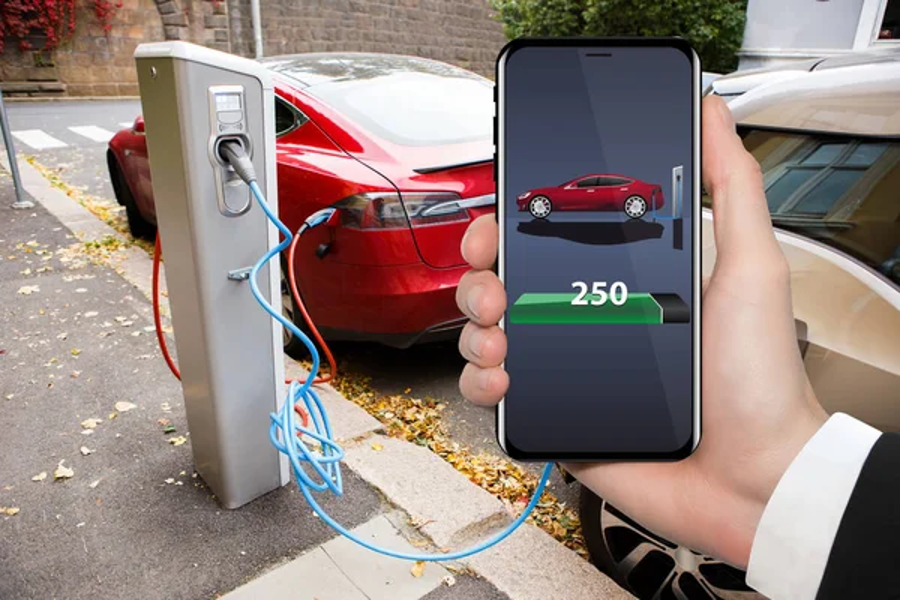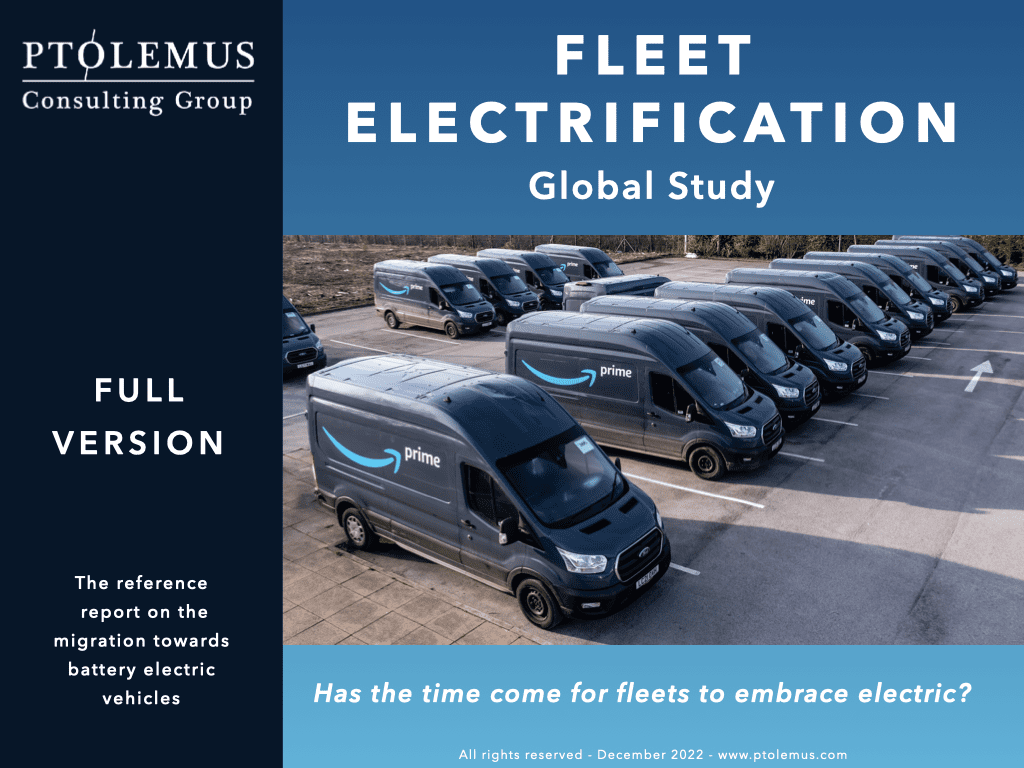Prospects and challenges related to V1G smart charging adoption considering EV fleets

Cost-effective and uni-directional transmission of power from the grid to the battery of an electric vehicle (EV) is usually referred to as V1G smart charging. It allows fleet managers to charge fleets at a time when the price of electricity is low. It can also show fleet managers when the grid has the cleanest source of energy (so EVs can be connected to utilise a clean source of energy) to charge fleets. In this blog, we also try to understand which type of fleets (electric cars, electric vans, electric trucks or electric buses) could fully utilise V1G smart charging.
Main benefits of V1G smart charging include:
- Identifying locations when and where (depot/public charging stations) chargers are free and working conditions (Nonfunctional chargers could be avoided)
- Optimising charging time
- Safe charging of EV fleets
How V1G smart charging is carried out
- Smart charging is carried out by online data transfer through the internet. This communication is carried among vehicles, charging points and utility providers.
- It creates an ecosystem in which the smart charger is communicating with EV fleets, electricity providers, and Charging Point Operators (CPOs).
- Fleet managers have the flexibility to charge their vehicles remotely by computer or mobile applications. Fleet managers can control when and where EVs could be powered to connect to a charging point. The mobile application could also identify working chargers and defective chargers in public places.

Which fleet types can maximise the benefits from V1G
Although, V1G can benefit every type of fleet resulting in monetary and environmental savings. However, there are specific fleets it appears to benefit more. Idle time, size of the battery and route selections are critical parameters to understanding smart charging.
Company electric cars
Company electric cars have a small battery size and large idle time. This means it should be convenient to charge vehicles when there is a low cost of electricity. However, company cars can be charged at nighttime (when rates are already low) at depots or at homes. Hence, their smart charging need will be less if the vehicles are charged overnight.
Electric vans
Electric vans have small battery sizes and fixed routes. It is most likely the case that electric vans will be charged overnight at depots. However, these vehicles could have complex operations and there could be smart charging needs in the daytime as well. Hence, if electric vans have complex routes and operations there is good reason to utilize V1G smart charging.
Electric school buses
Electric school buses have larger battery sizes and high idle time. Hence, these vehicles could be charged overnight or in the daytime when rates are low. Hence, smart charging will be less beneficial for these vehicles. On the other hand, V2G (Vehicle to the grid: Vehicles transmit power back to the grid) technology could be beneficial for school electric buses.
Long-haul electric trucks and regional electric buses
Both long-haul electric trucks and regional electric buses have large battery sizes and low idle time. Hence, smart charging could benefit these vehicles if they stop in the daytime to charge the vehicle. This will require efficient planning from fleet manager managers to identify routes and charging spots where smart charging can take place.
Challenges for fleet managers considering V1G
EV fleet managers’ data can be compromised as EVs, meters and grids are connected to the internet. This can allow hackers to attack the network and take sensitive information of users. The grid can also witness peak demand if hackers simultaneously charge all EVs same time. There are also no standards to develop safety aspects related to charging infrastructure. Hence, managers would have to install advanced malware and anti-hacking software to prevent data leakage. Third-party support may also be needed to prevent data leakage from vehicles or utility providers.
It would require diligent planning from fleet managers to identify routes and charging spots where smart charging could be initiated. It will be particularly difficult for electric trucks and regional electric buses if these vehicles travel to far-flung areas where smart charging facilities are not available.
By controlling charging power and assigning EVs at fewer peak hours (cheap electricity rate), there would be less strain on the electricity grid. This can help avoid blackouts in areas which have a weak grid. Blackouts can restrain operations and would need a radical plan to charge
V1G smart charging will be the future of charging though it may not be needed by all presently. Fleet managers should prepare for the challenges it brings if they decide to begin using the technology. Smart charging may be exposed to online hacks and the information of companies could be compromised. Anti-hacking software and third-party support may be required to use smart charging. Fleet managers would also need diligent planning to schedule their routes so that maximum profits could be utilized for fleets. At the moment, the decision to start using V1G smart charging should be determined by the fleet type and the specific needs of the business.
A Detailed research on smart charging is covered in our Global Fleet Electrification Study.

